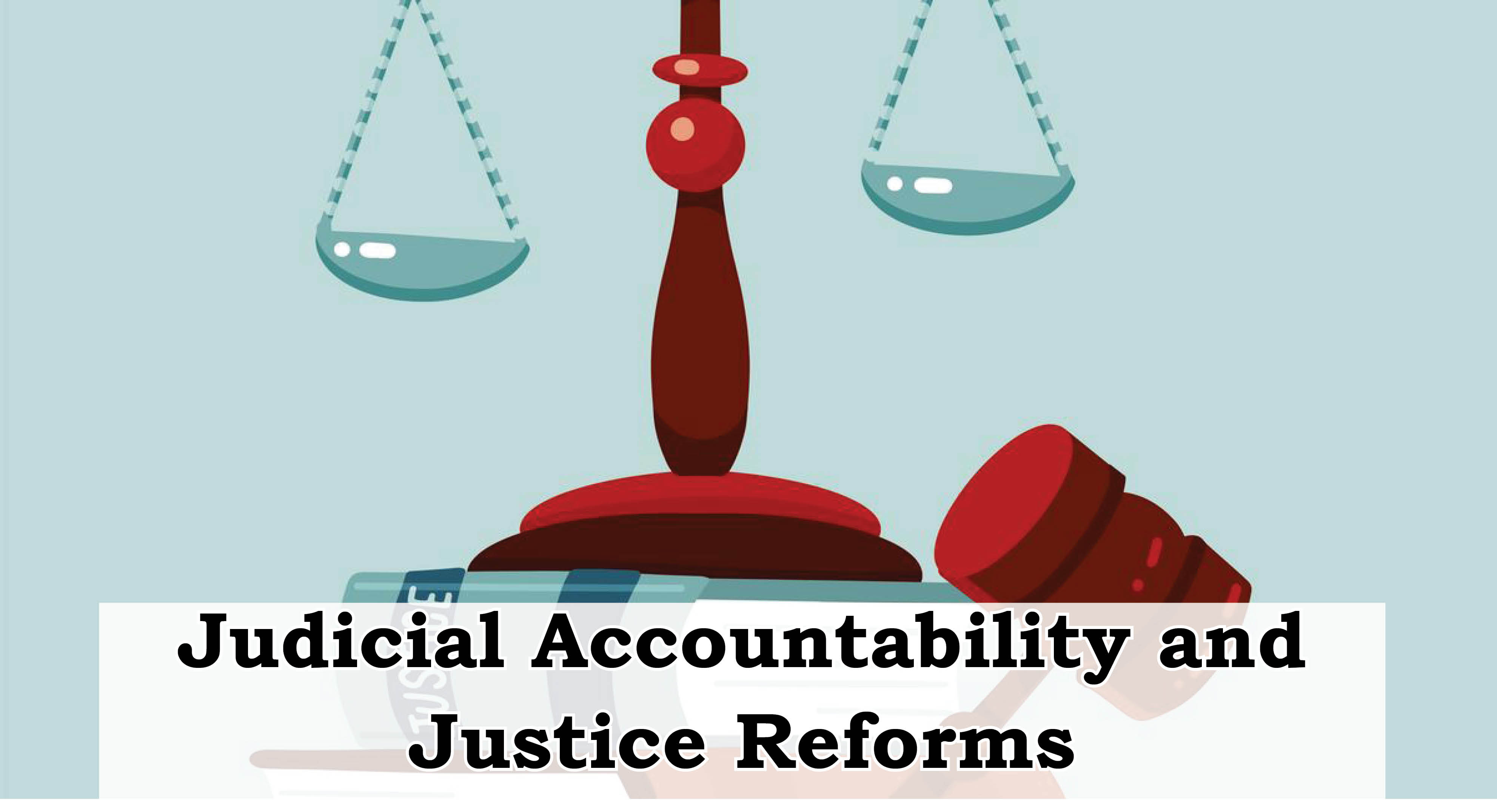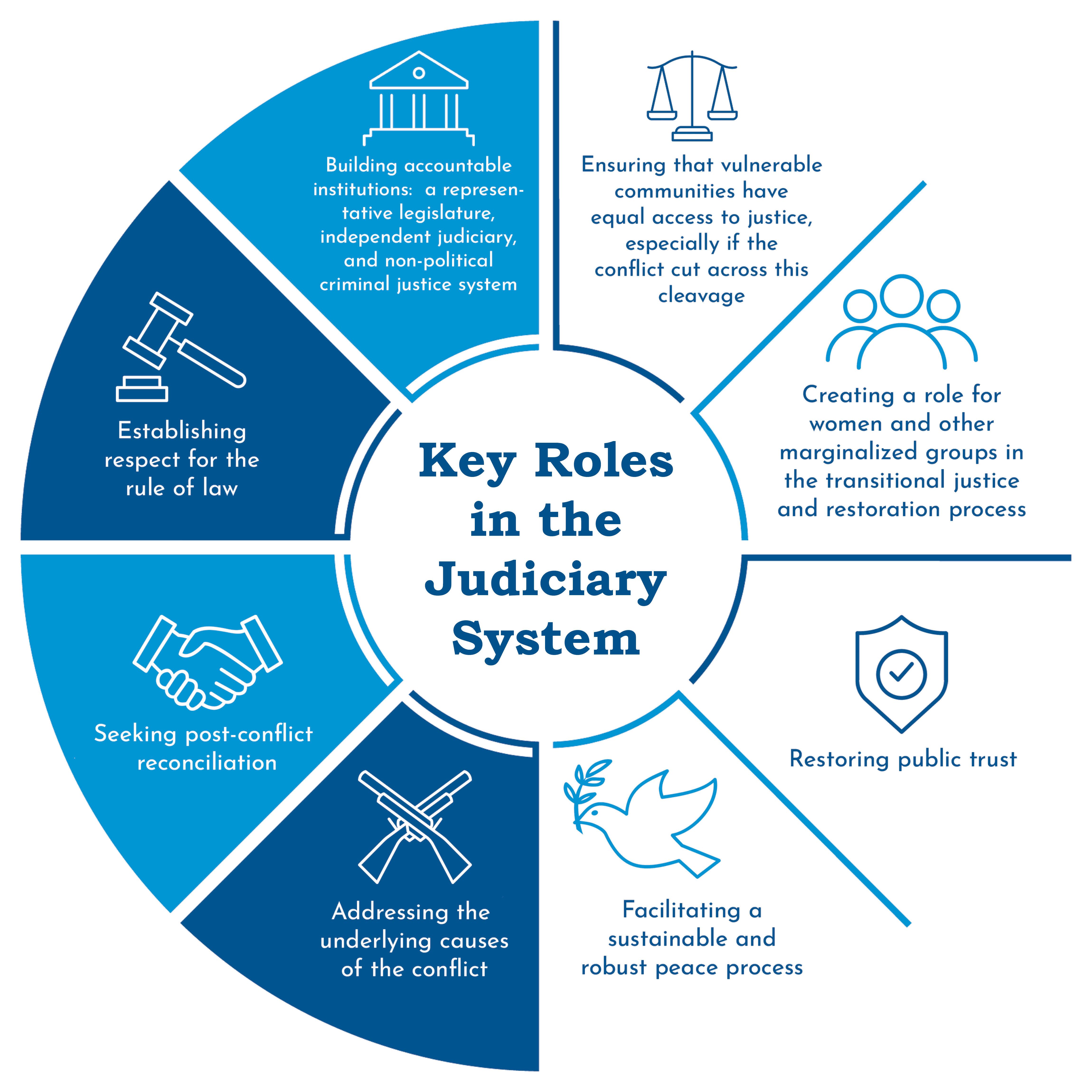Introduction
The Supreme Court’s decision to publicly declare judges’ assets marks a crucial step in strengthening judicial transparency and accountability. This decision, taken in a full court meeting on April 1, 2025, aligns with the long-standing principles set out in the 1997 Restatement of Values of Judicial Life. Seen as the judiciary’s moral compass, this document sets ethical guidelines for judges, reminding them that maintaining public trust depends on their fairness and integrity.
But judicial reforms in India aren’t stopping there. Alongside efforts to improve accountability, major changes are being made to speed up justice delivery, modernize court infrastructure, and make legal proceedings more accessible. From digitizing courts to setting up Fast Track Courts and strengthening mediation mechanisms, India’s judicial system is undergoing a transformation aimed at reducing delays and making justice more inclusive.
The 1997 Ethics Code: The Foundation of Judicial Integrity
Judges hold one of the most respected positions in society, and with that comes the responsibility to maintain absolute impartiality. The 1997 Restatement of Values of Judicial Life was introduced to ensure that judges adhere to the highest ethical standards.
Some key principles from the code include:
- Judges must not only be fair and impartial but must also appear to be so in the eyes of the public.
- They must avoid close associations with lawyers to prevent conflicts of interest.
- Judges' family members who practice law should not appear before them or use their residence for professional work.
- They should stay away from political matters and not express views on cases that may come before them.
- They must refrain from speculative investments in the stock market and avoid financial dealings that could raise questions of bias.
- Judges should let their judgments speak for themselves rather than giving media interviews.
The recent decision to publicly declare assets builds upon these values, reinforcing the idea that judicial transparency is essential to maintaining public confidence in the system.
Judicial Modernization: Digitization and Infrastructure Boost
Judicial accountability is more than just about ethics, it’s also about making the system work efficiently. When cases drag on for years, people start losing faith in justice itself. To tackle this, the National Mission for Justice Delivery and Legal Reforms was launched in 2011. This mission has been working to speed up case resolution and improve how courts function.
Additionally, one of the biggest game-changers has been the e-Courts Project, introduced in 2007 as part of the National e-Governance Plan. By bringing technology into the courtroom, this initiative has helped make justice more accessible and efficient.
Key Achievements of e-Courts:
-
- By December 2024, 99.5% of court complexes were connected under the Wide Area Network (WAN) Project.
- This has enabled video conferencing facilities in 3,240 courts and 1,272 jails, reducing unnecessary delays.
- To help people navigate the digital transition, 1,394 e-Sewa Kendras in District Courts and 36 in High Courts have been set up, offering online court services to litigants and lawyers, especially in remote areas.
- By December 2024, 99.5% of court complexes were connected under the Wide Area Network (WAN) Project.
Additionally, through the Centrally Sponsored Scheme, the government has invested ₹9,755 crore in improving court infrastructure, ensuring better facilities for both legal professionals and the public.
Fast-Tracking Justice: Special Courts and Alternative Dispute Resolution
A major challenge facing the Indian judiciary is the massive backlog of cases. Courts across the country are burdened with millions of pending cases, some dragging on for decades. To address this issue, the government has expanded the Fast Track Special Courts (FTSCs).
-
- As of January 2025, 754 FTSCs, including 404 exclusive POCSO Courts, are operating in 30 States/UTs.
- These courts have already disposed of over 3.06 lakh cases, ensuring quicker justice in cases involving serious crimes.
- As of January 2025, 754 FTSCs, including 404 exclusive POCSO Courts, are operating in 30 States/UTs.
At the same time, efforts have been made to promote out-of-court settlements through mediation. The Mediation Act, 2023, provides a legal framework for resolving disputes before they reach court, reducing the burden on the judiciary. The success of these efforts was seen in the 3rd National Lok Adalat of 2024, where an astonishing 1.14 crore cases were settled in a single day.
Judicial Sensitization: Addressing Gender and Social Bias
Justice isn’t just about speed, it’s also about fairness. To help judges stay free from subconscious biases, training programs on gender, caste, and disability sensitivity are being conducted.
The Handbook on Combating Gender Stereotypes has also been introduced to help judges identify and remove biased language and reasoning from their judgments. These efforts aim to create a more inclusive judiciary that understands social inequalities and ensures fair justice for all
The Significance of Public Asset Declaration
For decades, judges have been required to declare their assets to the Chief Justice, but these declarations were kept confidential. The decision to now make this information public marks a major shift in judicial transparency.
In the past, similar moves were considered, such as in 2009, when judges voluntarily disclosed their assets, and again in 2018, when a Constitution Bench ruled that judicial asset declarations were not "personal information" under the RTI Act. However, the recent decision formalizes this process, making judicial financial transparency an institutional norm rather than an individual choice.
Public disclosure of assets serves two key purposes:
1. Building public confidence – When people see that judges are financially transparent, they are more likely to trust the judiciary.
2. Preventing conflicts of interest – If judges have financial stakes in companies or properties linked to cases they are hearing, the public has a right to know.
Conclusion
Judicial accountability and efficiency are two sides of the same coin. While the Supreme Court’s move to publicly declare judges’ assets is a major step towards transparency, it is part of a larger transformation in India’s justice system.
From digitizing courts and modernizing infrastructure to fast-tracking cases and promoting mediation, the Indian judiciary is undergoing a much-needed evolution. Additionally, efforts to eliminate gender and social bias in judicial reasoning ensure that justice is not just fast, but also fair.
Ultimately, these reforms reflect a judiciary that is adapting to modern challenges while staying true to its core values of integrity, independence, and public service.
| Main Question: The Indian judiciary has undertaken various reforms to address case backlogs and enhance judicial efficiency, such as the establishment of Fast Track Special Courts and the introduction of the Mediation Act, 2023. Critically analyze the effectiveness of these measures in reducing pendency and promoting timely justice delivery. |










